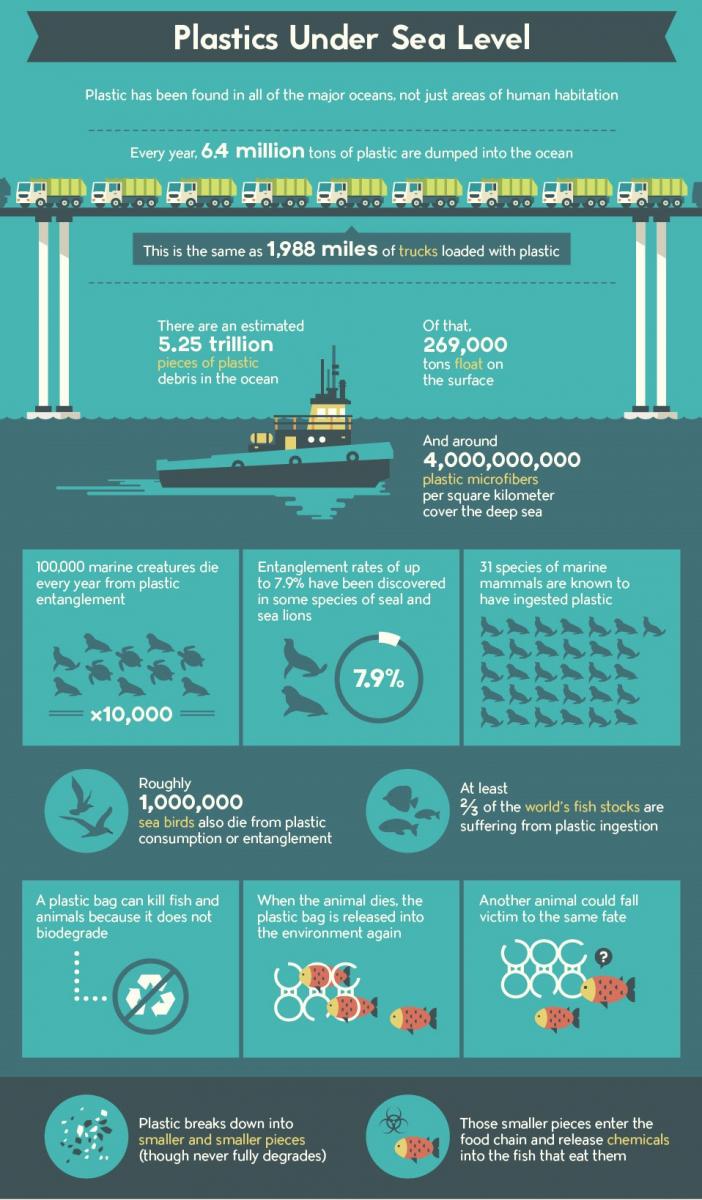Reduce, recycle and RE-USE

By Lorena Pasquini
Just as soon as you’ve forgotten it exists, the blog roster catches up with you. As usual, the inspiration well runs dry and I have spent days feverishly trying to think up something original and thought-provoking. I almost pulled my (one and only) ace blog from up my sleeve, but at the last minute, an alternative presented itself. It’s definitely not original but perhaps there is still a possibility it will be thought-provoking.
It’s about the “reduce, re-use and recycle” mantra, which I’m sure you’re all familiar with. I think much is discussed (and even done) on the “recycle” and even the “reduce” components. However, something I see as fundamental but still lagging behind in implementation is the “re-use” aspect of consumption.
To be fair, here in South Africa , we do quite well on the “donating to charity” aspect of re-use. However, I feel that one problem that is outstanding is in our interpretation of what is “acceptable” for donation, and what isn’t (don’t ask why I’m overindulging in quotation marks today, I have no idea). I have struggled with this problem myself, but have come to the conclusion that it is best to donate, and let people choose for themselves. Friends of mine have thrown out items of clothing that were worn only once because of slight stains or other faults. They felt it was insulting to hand them out for donation. I’m not sure those whose possessions have been destroyed by fire would throw the clothing away just because of a slight stain. Regardless, they ought to be able to make that choice. I settled this matter for myself for all times when my domestic worker once asked if she could take home a nasty, cracked, dirty and broken old toaster (I do believe in squeezing 7 lives out of absolutely anything I can) that I had set out next to the trash. “Our David” could fix anything, apparently. After that, I have erred on the side of leaving the choice to her.
We do considerably less well on the issue of buying second-hand, tending to do so only until we can begin to afford new stuff. We’re slow on buying “second-hand” even when this can bring a certain cachet, as when buying vintage clothes or antique furniture. This puzzles me greatly. Of course I am biased because vintage-clothes-shopping is a particular weakness of mine (the last vintage clothes shop I “discovered” I kept open for 4 hours past its closing time, looking at every single piece of clothing in the shop and trying on what felt like 50% of them. I only left because the owner started drinking. In a parallel universe somewhere, I strongly suspect I’m still there trying on the other 50%. Perhaps I’m drinking too). But I look around at my possessions and I can’t really see much that I bought from new, if you exclude the fridge and stove, which were a panic-buy due to my old fridge dying and my old stove catching fire within 15 minutes of each other on one unfortunate night (and no, alcohol was not involved). Even my plates are a collection of random pre-1990s plates, each one the last survivor of a set, handed over to me by a friend. I can’t deny I sometimes get the urge to go out and buy a set of black, square crockery to enrich my street cred. The thought of my mother and her two sets of crockery, one for the family and one for ‘best occasions’, urge me to do so. Rambling aside, the point is, apart from an occasional yearning for square plates, my life has never really been set back by second-hand-everything, be these cars, furniture, electronics, clothes, books, paintings, bicycles, MacBooks or cats.
I lie. With the advent of Smartphones, it seems that second-hand really isn’t a good choice, except potentially for iPhones, to which I refuse to succumb. It seems that Smartphones can do everything now, except cook for me (only a matter of time) and last more than five months without developing issues. If anyone can recommend a smartphone that can be bought second-hand, I will be eternally grateful.
On the topic of recyling and waste, CustomMade kindly provided us with this fascinating infograph about plastic buildup in our oceans.




